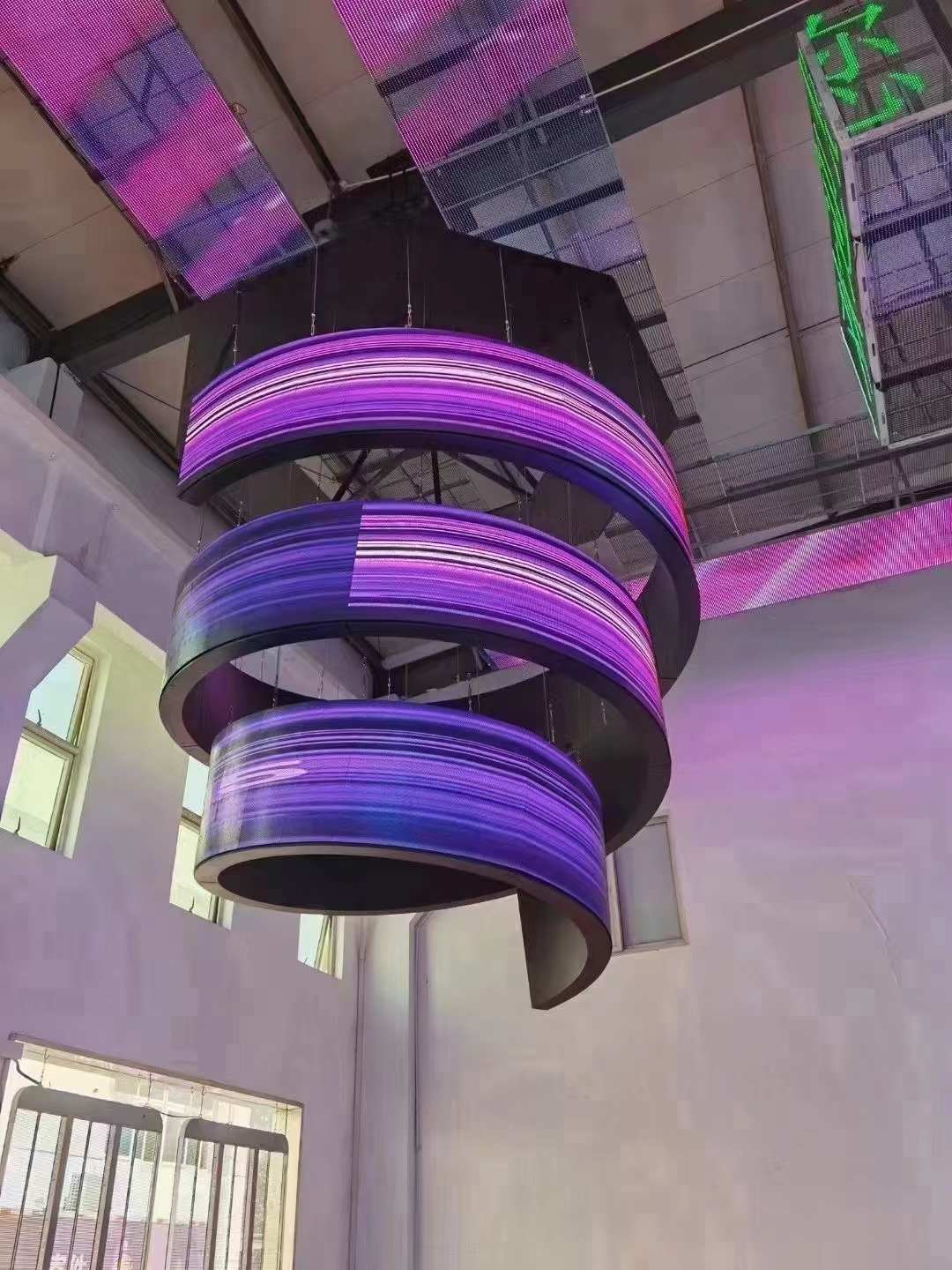Industry news
Analysis of Several Factors Causing Loss of Pixel Control in LED Display Screen.
The main cause of pixel loss in LED display screens is LED failure, which can be divided into two main reasons: 1. Poor quality of LED itself; 2. Improper use method.
Many LED display failures are usually undetectable during routine inspection and testing of LEDs. In addition to improper use due to electrostatic discharge, high current (causing high junction temperature), and external force, many LED failures are caused by differences in the thermal expansion coefficient of LED chips, epoxy resin, brackets, inner leads, solid crystal adhesives, PPA cups, and other materials under high or low temperatures, rapid temperature changes, or other harsh conditions, resulting in different internal stresses.
The quality inspection of LED is a very complex task. Furthermore, for GaN based LEDs, electrostatic discharge is the biggest cause of their failure. The mechanism of LED failure caused by electrostatic discharge is very complex, and equipment, tools, utensils, and human bodies may carry static electricity and discharge it. This static electricity can range from a few hundred volts to tens of thousands of volts, and the discharge time is at the nanosecond level. The blue-green tube failure that occurs during the production, installation, and use of display screens is often caused by the LED-PN junction being punctured by electrostatic discharge. The International Electrostatic Association strictly stipulates standard electrostatic discharge modes, which are mainly divided into human discharge mode (HBM) and machine discharge mode (MM). The electrostatic discharge sensitivity (ESDS) of devices in China is divided into three levels (human mode): level 1 is 0~1999V; Level 2 ranges from 2000 to 3999V; Level 3 is above 4000V.
In general, the electrostatic discharge sensitivity of LEDs ranges from hundreds of volts to tens of thousands of volts in human mode, while it is only around tens of volts to 500 volts in machine mode. Due to the complex production process of LED display screens, it is difficult to prevent electrostatic discharge. Therefore, LED electrostatic discharge sensitivity should be selected at level 2 or above (human mode), and electrostatic protection must be throughout the entire production process.
